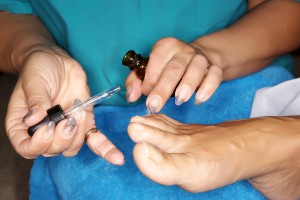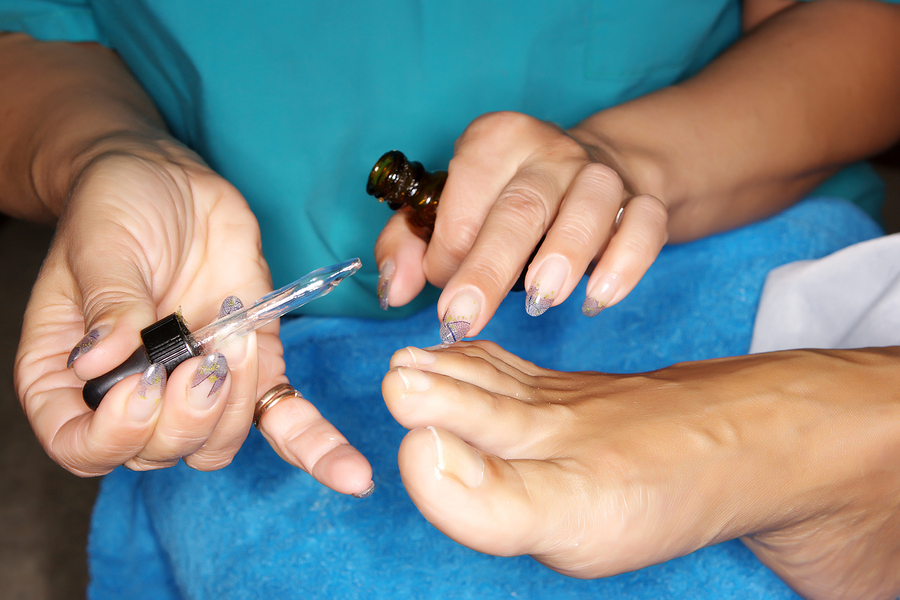 Changes in toenails can be a surprisingly annoying problem. These toenail problems can be a source of pain and pressure in shoe gear, an indicator of an undiagnosed systemic problem, a self esteem issue or even source of bacterial infection to the foot. Studies show that as much as 30 million people deal with these problems on a day to day basis, but unfortunately only approximately 3 million of them seek help.
Changes in toenails can be a surprisingly annoying problem. These toenail problems can be a source of pain and pressure in shoe gear, an indicator of an undiagnosed systemic problem, a self esteem issue or even source of bacterial infection to the foot. Studies show that as much as 30 million people deal with these problems on a day to day basis, but unfortunately only approximately 3 million of them seek help.
Some of these changes in toenails include change in color, size, texture, odor, moisture, thickness or girth, brittleness, or even streaking within the nail. There are many causes for these changes in nails including most commonly fungus, psoriasis and other inflammations syndromes, lack of circulation, bacterial or yeast infections, moles and pigmented lesions of the nail bed, and even manifestations of heart problems. Therefore, it is important to have these hidden problems to be evaluated by a health professional.
One of the most common causes of changes in toenails is infection of fungus in the nails known as onychomycosis. An Onychomycosis infection effects the nail bed of a toe which transmits into changes in the nail plate. This nail bed infection has several causes such as complications of trauma to the nail plate, contact with damp areas such as locker rooms and swimming pools, transmission from fungus from athlete’s foot condition or even from artificial nails and nail polish left on a nail plate for an excessive amount of time. Individuals with a history of diabetes, circulatory problems, or immune deficiency conditions are even more prone to onchomycosis.
Treatments for these nail conditions vary to the cause of the nail change and vary in effectiveness depending on the course of action. Treatment options include tropical medications, oral medications, removing the nail plate and treatment of the underlying cause, filing and trimming of the diseased nail or offending nail edge. Many of these treatments have great success in particular a new generation of topical laser treatments which don’t have the complication seen in taditional oral medications. Therefore, be smart and ask your doctor about those changes in your nails that have concerned you.





